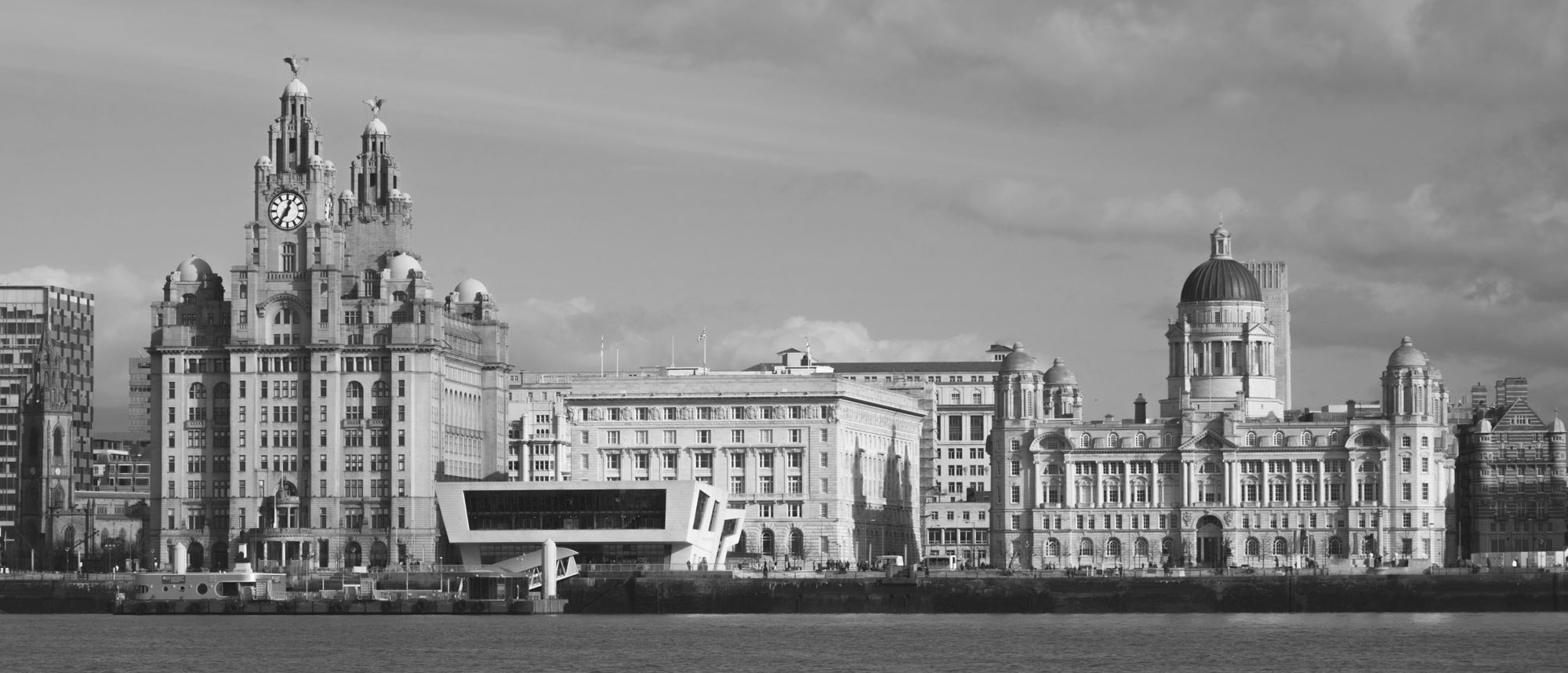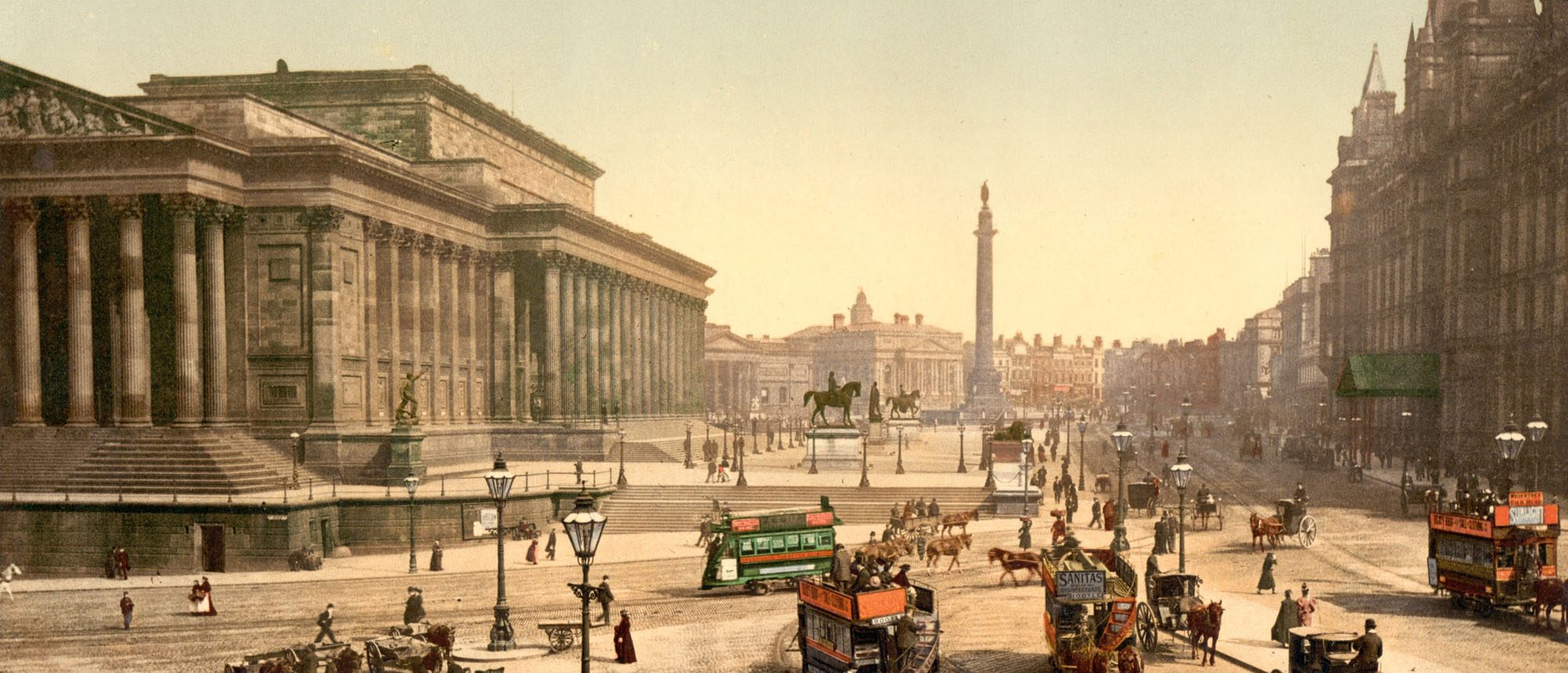The view of Liverpool’s world famous waterfront was a different scene some time ago than what it is today. In 1190 the city was known was ‘Liuerpul’, which meant a pool with muddy water and another name that has been suggested is ‘elverpool’, which was a because of the high number of eels in the River Mersey.
King John granted Liverpool its charter in 1207 and advertised the establishment of a new borough at Liverpool inviting settlers to come to live. Rumour had it that the king wanted a port in the district that was free from the control of the earl of Chester and at first it served as a dispatch point for troops sent to Ireland.
Following this, the Liverpool Castle was constructed, which occupied a high point overlooking the Mersey and pool of Liverpool. It was described that the castle had four towers, a hall, chamber, chapel, brew house, bake house and was surrounded by a dry moat. Liverpool Castle was removed in 1726.
Throughout the 16th century, Liverpool only had a population of around 500 people and it wasn’t until the late 1600’s that Liverpool was made a parish on its own by Act of Parliament. Following on from this the population and commerce increased rapidly and Liverpool became the second metropolis of Great Britain.
Liverpool was the safest landing spot for boats and the first wet dock in Britain was built in 1715. Profits increased from the slave trade, which helped the town grow and flourish.
Liverpool’s black community dates from this period and grew rapidly, – reaching a population of around 10,000 within five years. By the beginning of the 1800’s more than 30% of the world’s trade was passing through the docks at Liverpool and during the 1840’s the great famine brought many Irish folk to Liverpool. By around 1850 a quarter of the city’s population was Irish born.
Over the period of the 1800’s to 1900’s the growth of Liverpool continued to expand and the population grew rapidly. At the beginning of the 1800’s the population was around just 75,000 and grew to a massive 680,000 by 1901.
In 1888 Liverpool achieved city status and by the early 1900’s it was announced the second city of empire. During this period the Albert Dock expanded and a number of major buildings were constructed such as St. George’s Hall and Lime Street Station.
As Liverpool was constantly expanding over the years, during the late 1800’s and early 1900’s people started immigrating from all over Europe to the city and the population continued to grow. It was said that Adolf Hitler’s half brother had once stayed with his wife in Upper Stanhope Street but some believe that this is untrue.
Along with the huge Irish community in Liverpool, there were also a lot of other cultures and around the area of Scotland Road was once referred to as Little Italy. In addition to this, Liverpool was also the home to a large Welsh population and some people called it the Capital of North Wales.
Following the First World War, Liverpool experienced a massive slump to its economy, which the city council tried to resolve by making various improvements such as the construction of the East Lancashire Road and the Mersey Queensway Tunnel. When the Mersey Queensway Tunnel was first built it was the longest underwater tunnel in the world!
During World War II, Liverpool was bombed more heavily than any other city in Europe and was almost completely wiped out. At a certain time during this war the city was the headquarters of the Battle of the Atlantic from around 1941.
However, at the beginning of the 1950’s reconstruction took place and the city of Liverpool was once again the second most important port. In the late 20th century the dock was redeveloped and the Albert Dock and Wapping Dock were restored as major visitor attractions and retail centres. The installation of new dock gates at Canning assisted the Tall Ships and Mersey River Festival in the 1980s and 1990s.
Since the middle of the 1990’s some major redevelopment and reconstruction has taken place and there are many planning projects currently underway to revive economy in Liverpool. For most of this period the economy in Liverpool has grown faster than the national average and crime levels have remained lower than most other metropolitan areas in England and Wales. Massive projects within the city such as Liverpool ONE and the Super Lamb Banana craze has resulted in an even greater tourism boom and visitors flock from other cities within the UK and from around the world.
Photo By Library of Congress Prints and Photographs Division Washington, D.C. 20540 USA (http://www.histografica.com/view.aspx?p=z6tjh3qx) [Public domain], via Wikimedia Commons / Cropped from original.


